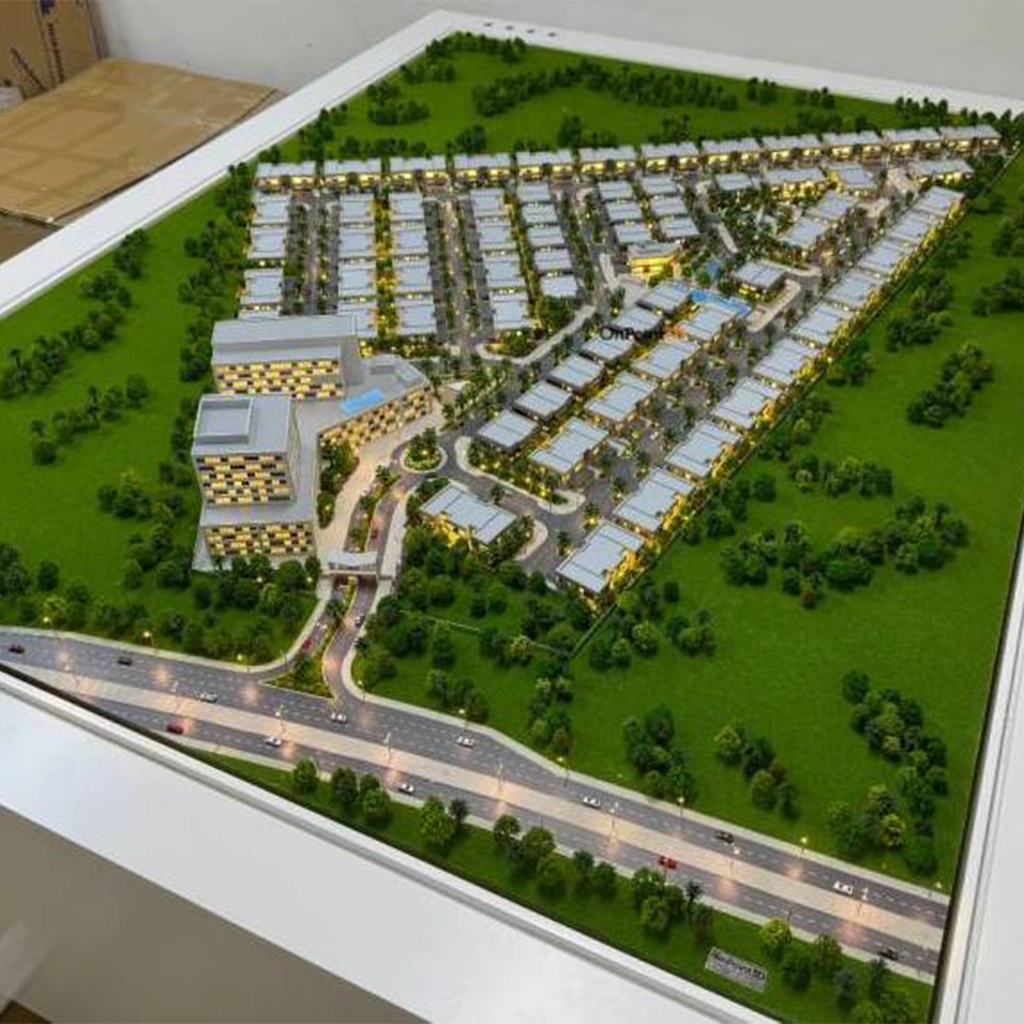Some clothes are made for your body, while others are simply adjusted to fit better. Knowing how these two ideas work helps with decisions about personal style. Whether updating a garment or starting from scratch, both paths go through the skilled hands of an alteration tailor Dubai at some stage.
What are alterations?
Alterations are changes made to a finished garment. The item already exists and is adjusted to suit your shape or preferences better. These updates may include shortening sleeves, hemming trousers, taking in a waistline, or adjusting the length of a dress. The goal is to change small parts while keeping the overall structure the same.
Alterations are often used on off-the-rack clothing that fits almost well but wants slight tweaks. They also help update garments that may no longer fit as they once did. An alteration tailor works with what is already there, making slight changes while maintaining the original fabric and design.
What is custom tailoring?
Custom tailoring starts before any fabric is cut. Every measurement is taken from the person who will wear the garment. The design, cut, fit, and final finish are all made based on those numbers. The result is a one-of-a-kind piece created from the ground up.
Custom tailoring is more detailed. It includes choosing fabric, selecting style features like collars or cuffs, and working through several fittings. The entire process is made to build a new garment shaped to the body’s outline. It is not about adjusting what already exists but starting fresh.
Time and steps involved:
Alterations are usually faster. Most changes can be finished within days, depending on the shop’s schedule and the level of work. Custom tailoring takes longer, sometimes a few weeks, due to design, cutting, stitching, and fitting.
Custom suits or shirts often want at least two or three fittings before they are final. This step-by-step process allows the tailor to fine-tune the garment at every stage.
Cost differences:
Alterations are typically more budget-friendly because the main structure already exists. In contrast, custom tailoring involves more time, more steps, and sometimes more fabric, which adds to the cost.
Both services have their place. A garment that fits poorly can feel new again after a good alteration. A well-measured custom piece offers a fit that off-the-rack clothes usually don’t match.
Knowing which path suits the goal can lead to better results, whether it’s working with an alteration tailor or starting fresh with a custom design.



